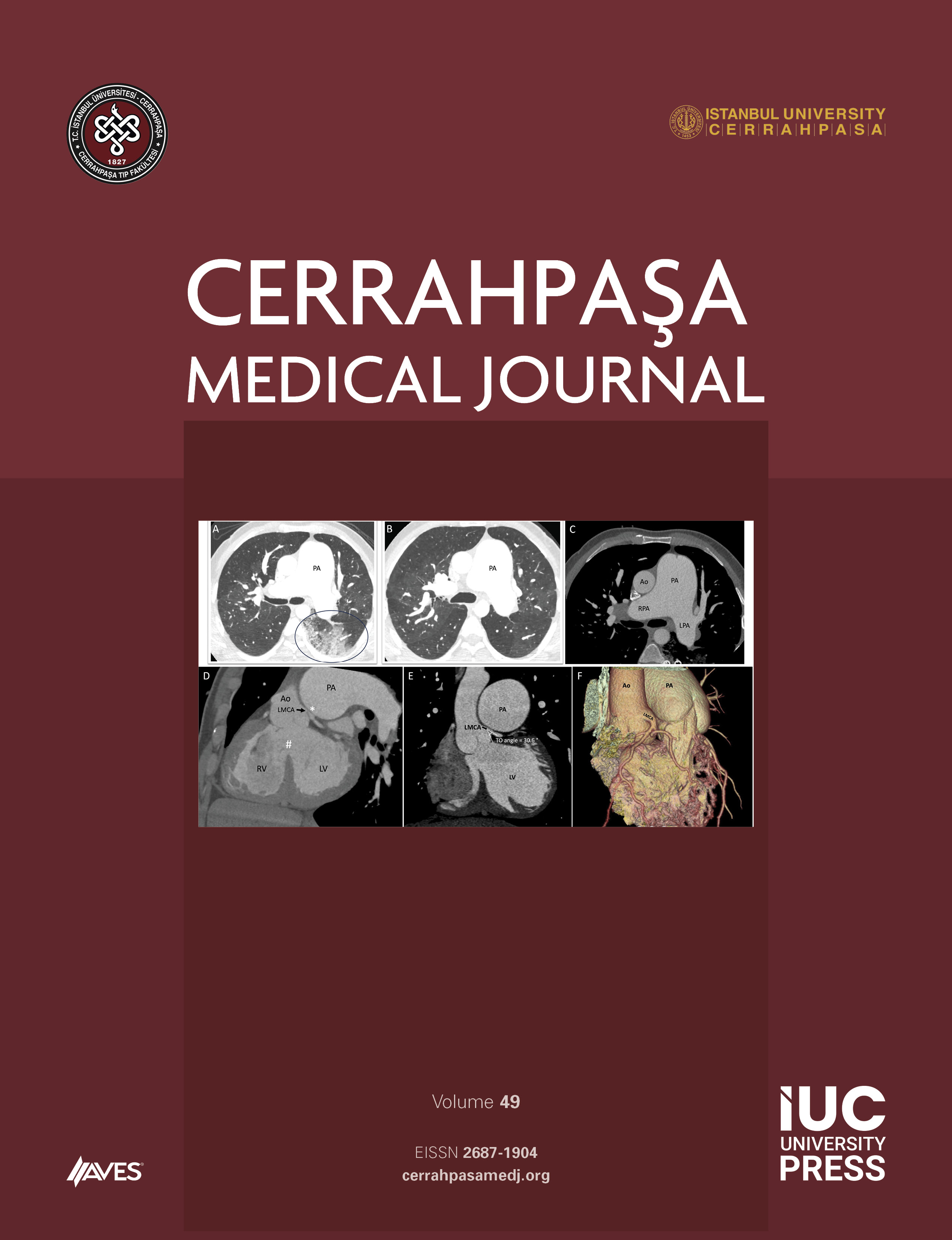Background.- In the differential diagnosis of masses of the posterior mediastinum, neurogenic neoplasms, cysts, esophageal tumors, thoracic vertebral diseases, and infectious diseases like abscess formation should be considered. Neurogenic tumors are located in the posterior mediastinum in 90% of the cases and form approximately 75% of all of the tumors in that area. Schwannoma (neurilemmoma) is a neurogenic tumor which is located in the posterior mediastinum, generally originating from the intercostal nerves and mostly benign in character. It is known that it might undergo a malignant transformation rarely. It is asymptomatic most of the time, being diagnosed incidentally in radiography as a solitary mass; and occasionally problems might occur during its diagnosis and treatment.
Observation.- In this report, we wanted to present a 54-year-old female in whom a mass 2 cm in diameter was detected incidentally in a paravertebral localization in the right posterior mediastinum in a computed tomography (CT) of the thorax which was performed for a different indication. In order to reach a histopathologic diagnosis of the mass in this patient, a transcutaneous fine-needle aspiration biopsy was performed under CT-guidance. However, a definite diagnosis could not be reached since adequate material could not be obtained. For diagnosis, the patient underwent right thoracotomy and the nodular mass was resected. The histopathologic examination revealed that the resected mass was a benign schwannoma.
Conclusion.- As a result, even if posterior mediastinal masses are asymptomatic they must be resected in order to reach a definite diagnosis, to prevent symptoms of compression and the small risk of malignant transformation, and as was the situation in our case for curative purposes.



